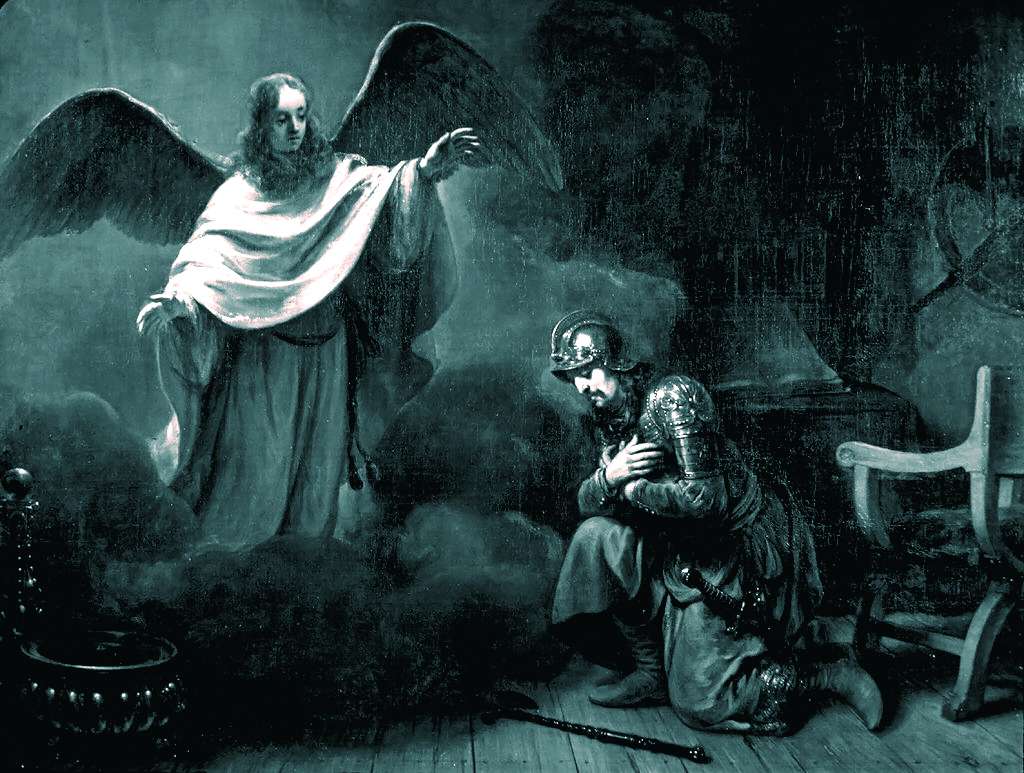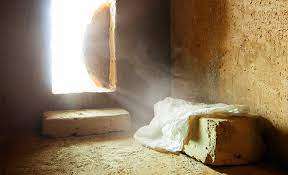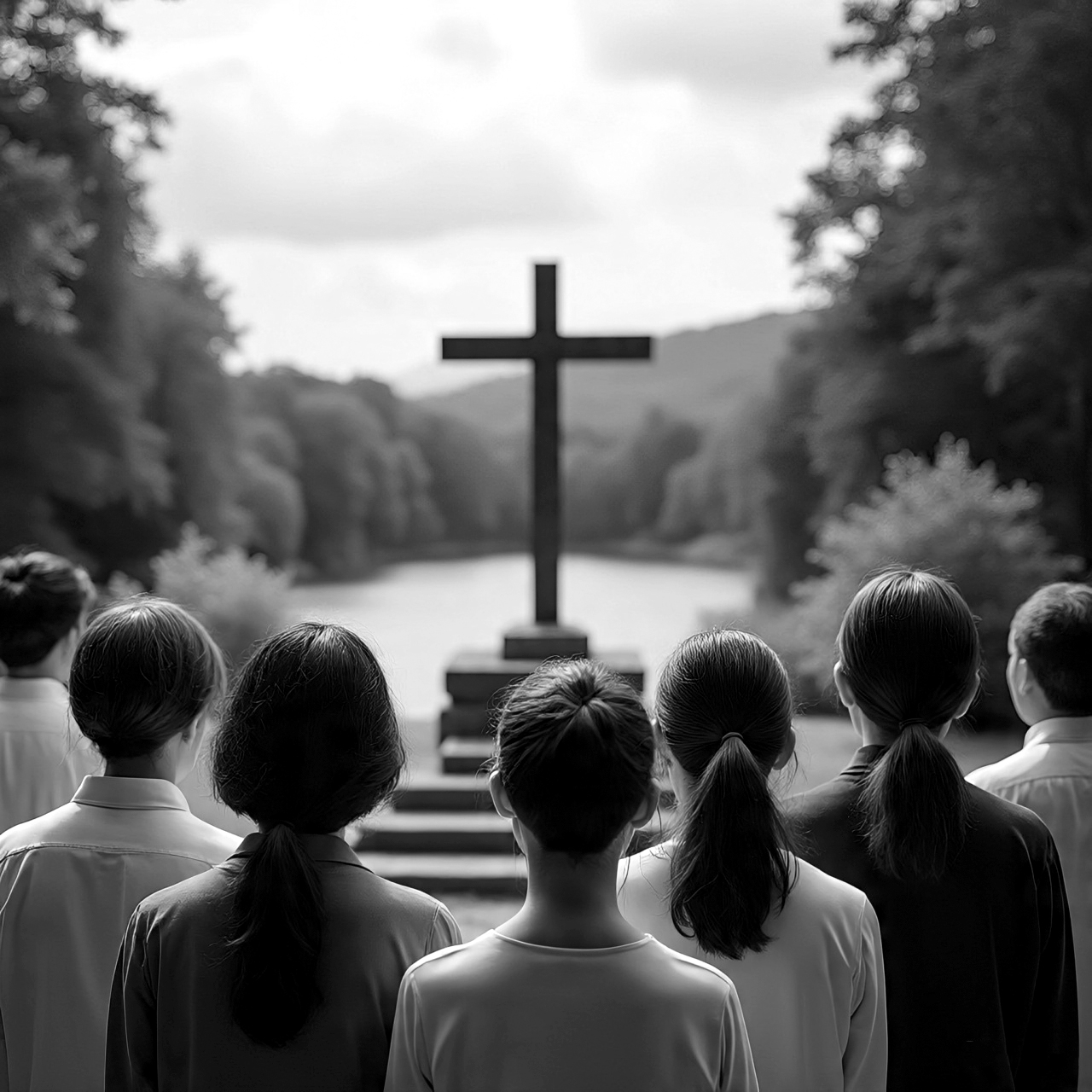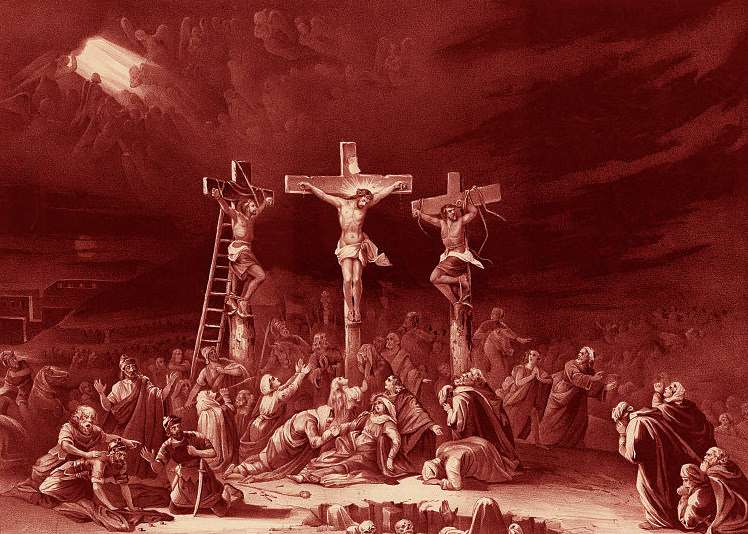

Administration of Pentecostal Churches an Analytical Study
Dr. C. T. Luiskutty
Pentecostal churches had humble beginnings under teachers, farmers and shop keepers. Yet since the turn of the 20th century, millions around the world have received the baptism of the Holy Spirit with evidence of speaking in tongues.
During the early period, the wind of the Holy Spirit blew in South India, including Kerala. Attracted by new teachings of Holy Spirit baptism and baptism (by immersion), people joined together for worship and fellowship.
The Pentecostal movement began out of spiritual zeal, and formal organization and government did not at first concern people. They met together in private homes or small assembly halls. Local leaders were self-appointed teachers or preachers with spiritual gifts.
Early Pentecostals identified with congregational forms of government. Most early Pentecostals had left established Episcopal-type churches. They reacted against traditions and doctrines of the mother churches and turned against anything identified as coming from former traditions. Also, many early Pentecostal leaders had spiritual roots in the Brethren movement which had a clearly identifiable congregational form of government.
In the congregational structure, each local church is an independent, self-governing body. As in the first century, local leadership was shared by a number of elders (or pastors or overseers).
In congregational-type churches, local congregations govern themselves with elected leaders, both clergy and laity, ordained by the local church itself, following the pattern of Acts 13:1-3. They operate in an advisory capacity only. A number of congregations may join together in associations, but neither congregations nor associations exercise control over each other. In congregationalism, ministers preside over the congregations, but the congregations have final authority. Baptist and Brethren churches and many independent Pentecostal and non-denominational churches follow this form of government while major Pentecostal denominations have adopted other governmental structures.
Soon, Pentecostals realized the need for organization. Foreign missionaries who introduced the Pentecostal message affiliated with foreign missions and church organizations in the United States of America. Because of allegiance to the missionaries or due to financial support from foreign mission societies, local churches came together as denominations under missionary guidance or leadership.
Even groups led by native leaders were organized as government-recognized registered societies. Soon, these churches came together as denominations with constitutions and governing bodies with authority over all churches who joined with them.
The titles used for the heads of the church government in organized Pentecostal denominations are titles commonly found in the Presbyterian order of church government. While beginning as independent congregations, they adopted Presbyterian forms when they incorporated.
The present form of government in two major Pentecostal denominations is clearly Presbyterian. The Assemblies of God is organized at local, section and district levels with democratically elected section presbyters and district council and superintendent. The section presbyter has extensive authority over local churches in his section. Districts are independent bodies with authority over the sections. A fellowship of various Assemblies of God districts functions at the South India level and the national level. They provide spiritual fellowship, serve as an appellate councils and issue credentials for ministers. The Assemblies of God headquarters, located in Springfield, Missouri, serves as a fellowship partner with no legal jurisdiction over the denomination in India.
The Indian Pentecostal Church of God (IPC), the major Pentecostal denomination in India, has no affiliation with any foreign body. Its organizational structure is similar to that of the Assemblies of God with Centre Pastors, State President and council and General President and council. Centre Pastors are appointed by the state council, mostly for life, with a wide range of authority over local churches in the Centre.
The Church of God in India comes under jurisdictional authority of the International Church of God with headquarters in Cleveland, Tennessee, and its representative body, the Foreign Missions Board. The Church of God in India traces its origin as a revival movement in the 1880s before Pentecostalism began in the United States. Certain aspects of Episcopal church polity and many titles are used in this international organization, but the church in India, especially in Kerala, has not adopted all these policies and practices.
The international administration of the Church of God comes under a General Overseer elected by a supreme council. It recognizes three ranks of credentialed ministers: exhorter, ordained minister and ordained bishop . The ministers in each rank have specified responsibilities. State/regional overseers are designated "administrative bishops", International Executive Committee members as "executive bishops", and the general overseer as "presiding bishop".
Women may become exhorters and ordained ministers, but only men can become ordained bishops. Even though the church has certain Episcopal similarities, the denomination claims no apostolic succession as many Episcopal churches do. Top officials of the church can occupy a given office only for given terms.
The Church of God in India is divided into a number of states or regions governed by overseers, assisted by councils, whose members are elected by credentialed clergy in the region. The state/regional council serves as an advisory body to the overseer who is appointed by the Presiding Bishop of the international church at the recommendation of regional pastors. The Secretary of the Foreign Missions Board and the Asian Superintendent serve as representatives of the International Executive Committee and the Presiding Bishop and exercise extensive authority over the state councils and overseers.
Of all the Pentecostal denominations in India, The Pentecostal Mission (TPM) follows an Episcopal polity more than any others. The Chief Pastor heads the visible church with an established hierarchical line of succession.
Clearly, Pentecostal churches in India do not come under any particular form of church government. We may see single elder/pastor led congregations, plural elder-led congregations and democratic congregations as well as denominations following a Presbyterian and even Episcopal forms of government.
All claim membership in the church of which Jesus said, “I will build my church” (Matthew 16:18). Jesus did not build any visible church or denomination. Congregational forms are evident in the early church. But the decisions of the Jerusalem Council (Acts 15) and Paul’s instructions to the Corinthian church (1 Corinthians 5), indicate that each congregation was not an absolutely sovereign body establishing its own doctrines and policies.
With regard to church administration, most Pentecostal denominations have moved to a democratic way of electing its leadership, such as state or district councils and administrative heads. Many would argue for a theocratic form of governance, but lack of leaders with the integrity and authority of Old Testament prophets and judges and New Testament apostles, or of the early Pentecostal leaders, has made necessary alternate modes of governance.
Since denominations are registered under the government, they must follow democratic procedures. But many in the churches object to the election process with its politicking and even corrupt practices. What is practiced today is not purely democratic. In many denominations, matters of importance are determined only by credentialed ministers (clergy). Only clergy can occupy important positions in the church. Though women constitute a majority of the church membership, they have no voice in the governance of the denomination even at the local level. Usually this disparity is explained away by theological arguments.
Another area of concern is the separation between the clergy and laity. The principle of “the priesthood of all believers” led to the Reformation, but even in reformed churches, the gap between clergy and laity began to widen.
The Pentecostal movement began under the leadership of people from ordinary walks of life. All, including women, accepted important roles of evangelism and the operation of spiritual gifts. Even though some had special gifts as pastors, teachers, and administrators, there was a unified effort of leading the church.
In three generations, the situation in the Pentecostal churches has deteriorated to levels similar to those churches from which they came. It is true that capable and spiritual leaders should be recognized and honored for their character and leadership. However, a few years of theological training and ministerial experience does not make a person part of a special class. When people demand respect for their position rather than command respect through their godliness and humility, they stand aloof from ordinary members of the church. Clearly, the Pentecostal church has fallen from the noble goals and humble lifestyle begun almost a hundred years ago.
Pentecostal denominations in India must clearly define their polity and state reasons for the forms they have chosen. They must re-evaluate and correct attitudes and practices before a thinking generation, appalled by the hypocrisy of leadership, turns away from this movement.















